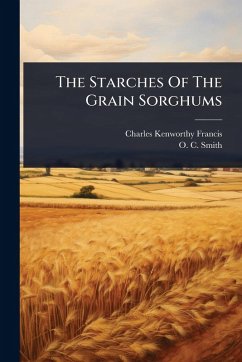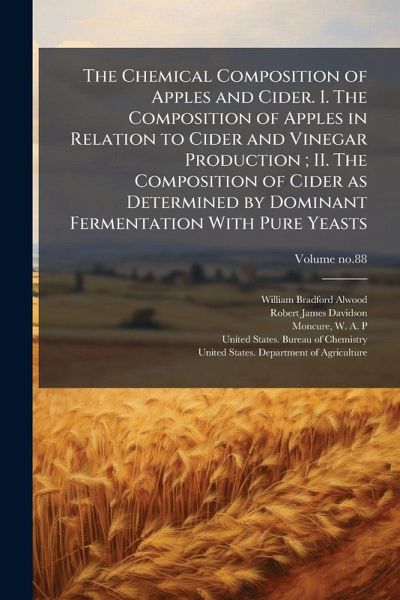
The Chemical Composition of Apples and Cider. I. The Composition of Apples in Relation to Cider and Vinegar Production; II. The Composition of Cider as Determined by Dominant Fermentation With Pure Yeasts

PAYBACK Punkte
7 °P sammeln!
"The Chemical Composition of Apples and Cider" (Volume no. 88) delves into the intricate relationship between apple composition and the production of cider and vinegar. This early 20th-century study, authored by William Bradford Alwood, Robert James Davidson, and W. A. P. Moncure, alongside the United States Bureau of Chemistry and the Department of Agriculture, offers a detailed analysis of apple varieties and their suitability for fermentation processes. The work is divided into two parts: the first examines the composition of apples in relation to cider and vinegar production, while the sec...
"The Chemical Composition of Apples and Cider" (Volume no. 88) delves into the intricate relationship between apple composition and the production of cider and vinegar. This early 20th-century study, authored by William Bradford Alwood, Robert James Davidson, and W. A. P. Moncure, alongside the United States Bureau of Chemistry and the Department of Agriculture, offers a detailed analysis of apple varieties and their suitability for fermentation processes. The work is divided into two parts: the first examines the composition of apples in relation to cider and vinegar production, while the second explores cider composition as influenced by dominant fermentation using pure yeasts. This investigation provides valuable insights into the scientific underpinnings of beverage production, appealing to historians of science, food technologists, and anyone interested in the historical processes of cider and vinegar making. This work has been selected by scholars as being culturally important, and is part of the knowledge base of civilization as we know it. This work was reproduced from the original artifact, and remains as true to the original work as possible. Therefore, you will see the original copyright references, library stamps (as most of these works have been housed in our most important libraries around the world), and other notations in the work. This work is in the public domain in the United States of America, and possibly other nations. Within the United States, you may freely copy and distribute this work, as no entity (individual or corporate) has a copyright on the body of the work. As a reproduction of a historical artifact, this work may contain missing or blurred pages, poor pictures, errant marks, etc. Scholars believe, and we concur, that this work is important enough to be preserved, reproduced, and made generally available to the public. We appreciate your support of the preservation process, and thank you for being an important part of keeping this knowledge alive and relevant.



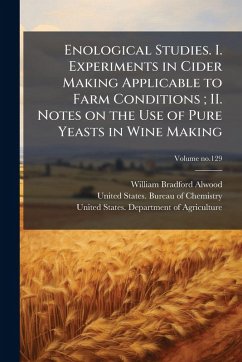
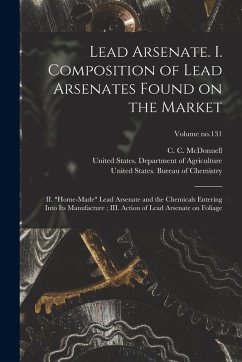

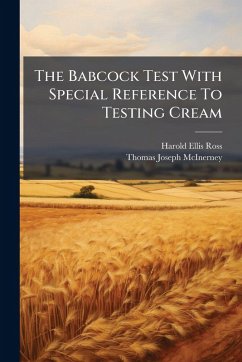
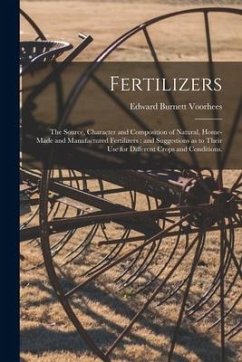
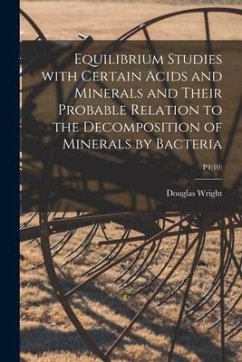
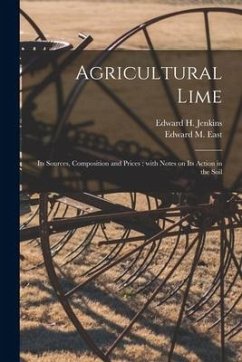
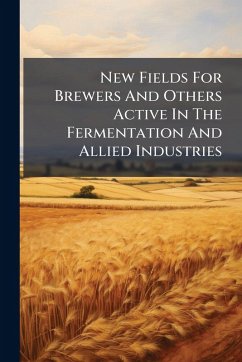
![A Guide to the Scientific Examination of Soils [microform]: Comprising Select Methods of Mechanical and Chemical Analysis and Physical Investigation Cover A Guide to the Scientific Examination of Soils [microform]: Comprising Select Methods of Mechanical and Chemical Analysis and Physical Investigation](https://bilder.buecher.de/produkte/65/65627/65627162n.jpg)
